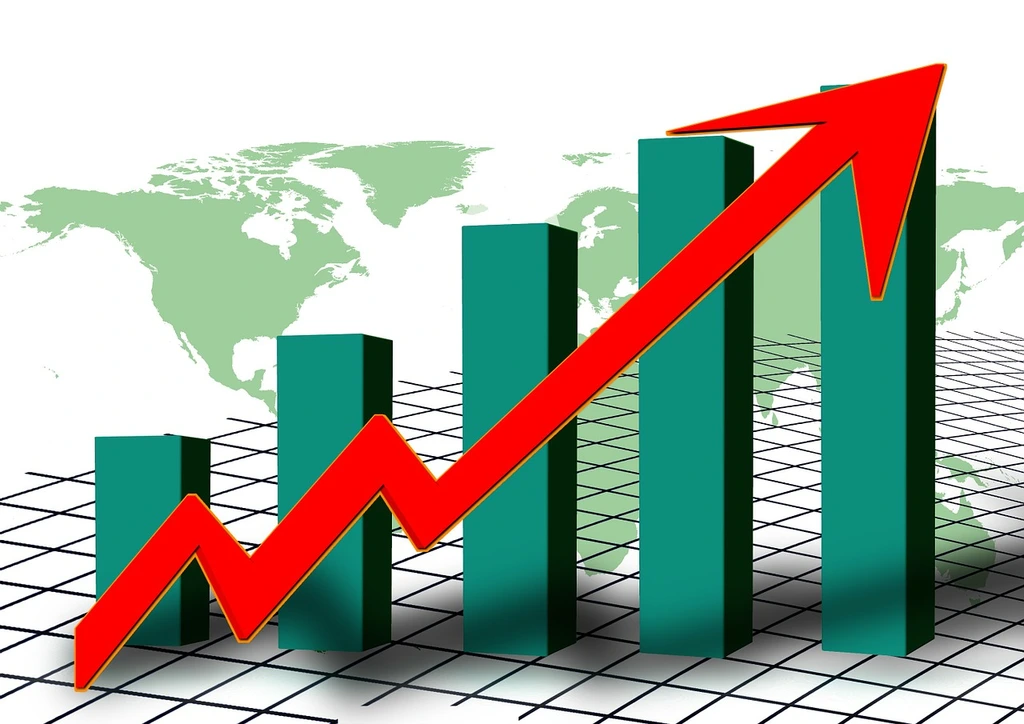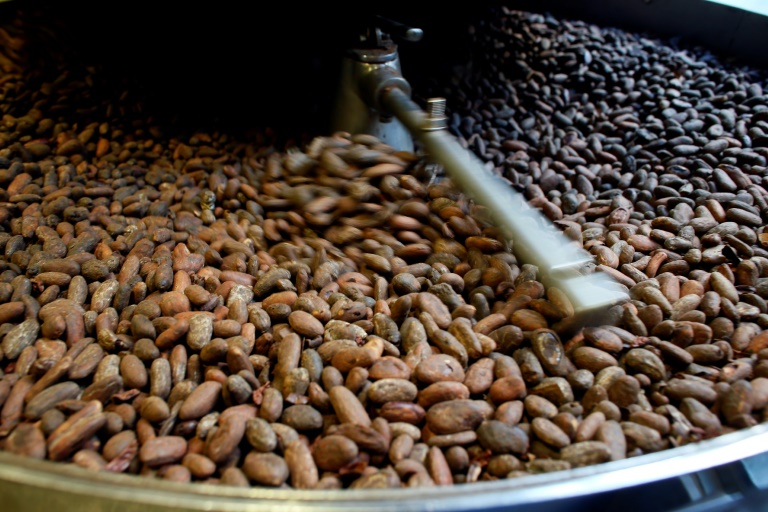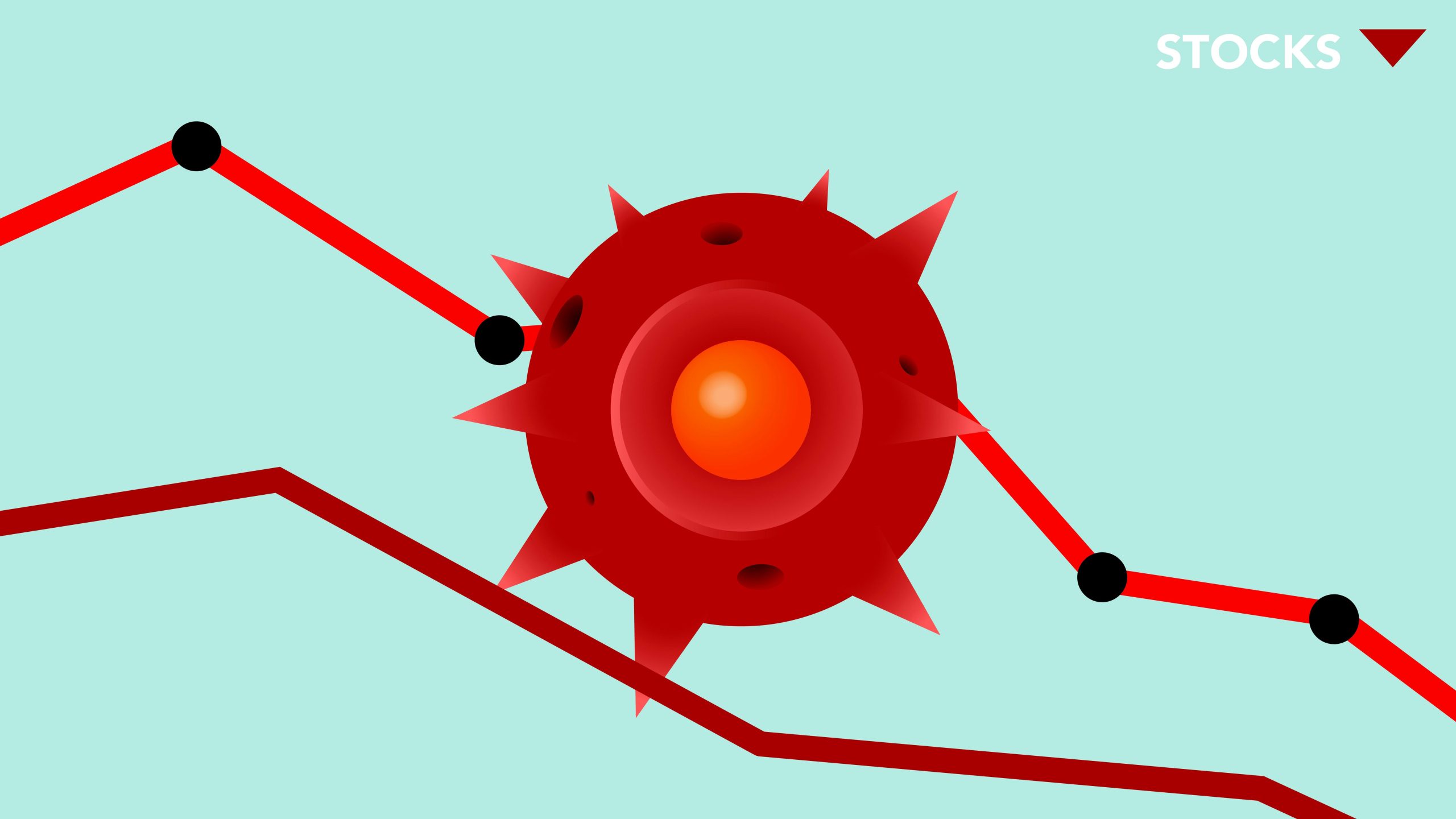In the labyrinth of financial planning, the choice between saving and investing dictates the trajectory of your wealth journey. Each avenue presents unique opportunities and risks, demanding thoughtful analysis and strategic decision-making. Let’s embark on a comparative expedition, exploring real-world scenarios and the outcomes of choosing to save versus invest.
The Divergent Roads: Saving and Investing
At the crux of financial strategy lies the dichotomy between saving and investing. Saving, akin to safeguarding treasures in a vault, offers stability and accessibility, ideal for short-term needs or emergencies. Conversely, investing ventures into the realm of wealth generation, leveraging capital to unlock growth over time. Consider this: If you were to allocate $10,000 to saving versus investing, how might your financial landscape evolve?
The Saga of Saving: Bolstering Financial Foundations
Imagine depositing $10,000 into a high-yield savings account—an act akin to constructing a sturdy fortress around your wealth. This financial bastion ensures liquidity and peace of mind, catering to unforeseen expenses or opportunities. However, while your funds remain shielded from market volatility, they languish in the realm of low interest rates, barely keeping pace with inflation.
The Odyssey of Investing: Navigating Growth and Risk
Now, envisage directing that same $10,000 into the stock market, gold, or diversified funds—a voyage teeming with promise yet tinged with uncertainty. Investing ignites the flames of growth, sculpting your financial destiny with the allure of superior returns. Let’s delve into real-world examples:
- Stocks: Investing $10,000 in a diverse portfolio of stocks may yield an average annual return of 7-10%, potentially growing your initial investment to approximately $17,000-$20,000 over five years, barring market fluctuations.
- Gold: Channeling $10,000 into gold, a traditional hedge against economic volatility, could offer a more modest return, averaging around 1-5% annually. Thus, your investment might grow to roughly $10,500-$12,500 over the same period.
- Diversified Funds: Opting for diversified funds, such as index funds or ETFs, may provide a balanced approach, yielding an average annual return of 5-8%. Consequently, your $10,000 investment could burgeon to approximately $15,000-$18,000 over five years, offering steady growth with reduced volatility.
Pros and Cons: Deciphering the Investment Landscape
While investing promises the allure of riches, it is not devoid of pitfalls. Stocks, susceptible to market gyrations, may plunge unexpectedly, testing the mettle of investors. Gold, though a bastion of stability, offers limited utility beyond hedging against economic turbulence. Diversified funds, while tempering risk, may incur management fees, impacting overall returns.
Charting Your Course: When to Save vs. Invest?
The decision to save or invest hinges on various factors, including financial goals, time horizon, and risk tolerance.
- Save When: You anticipate needing funds within the next one to three years for short-term expenses like emergencies, a down payment on a house, or upcoming travel.
- Invest When: Your financial goals extend beyond three years, and you are comfortable with the potential risks and rewards of market-based investments. Examples include saving for retirement, building generational wealth, or generating passive income.
Conclusion: Striking the Balance
In navigating the financial labyrinth, striking a balance between saving and investing is paramount. While saving fortifies the foundations of financial security, investing fuels the fires of wealth creation. By weighing the merits of each approach and aligning them with your individual circumstances, you can chart a course towards financial prosperity, harnessing the twin engines of saving and investing to sculpt a brighter tomorrow.






















